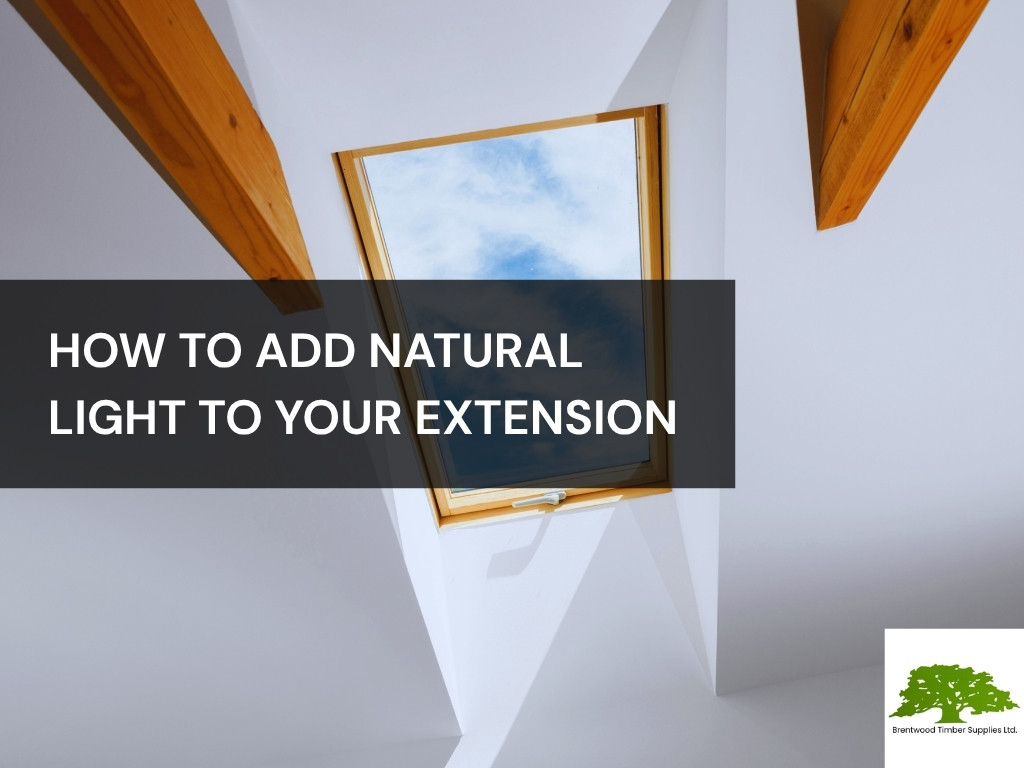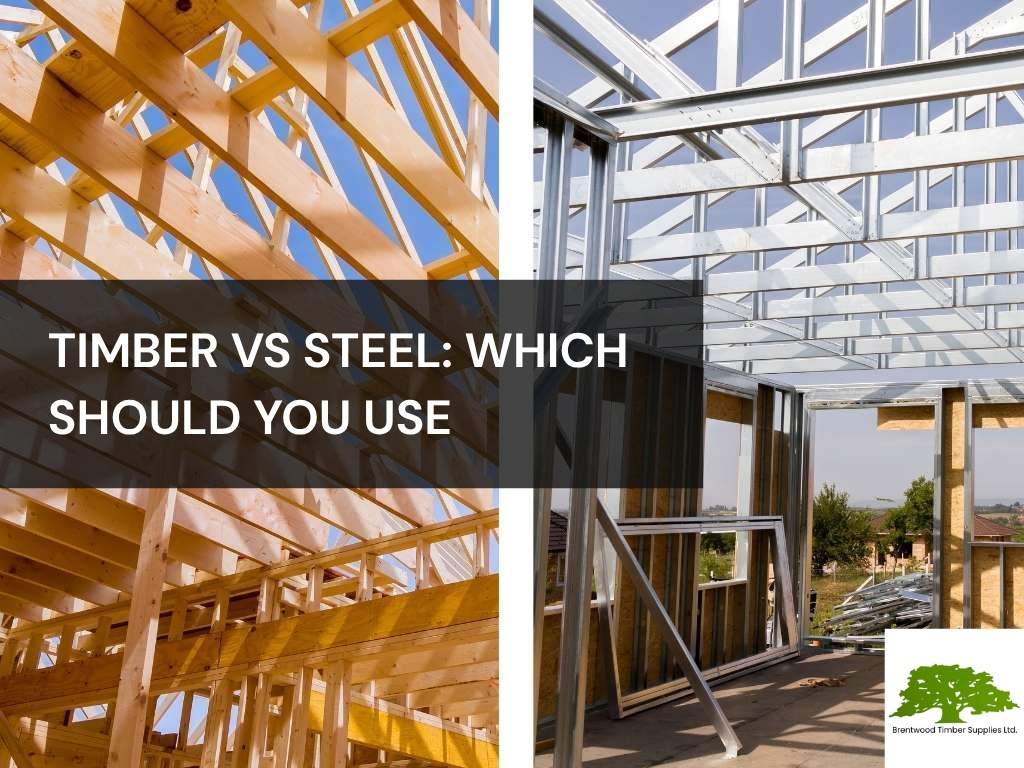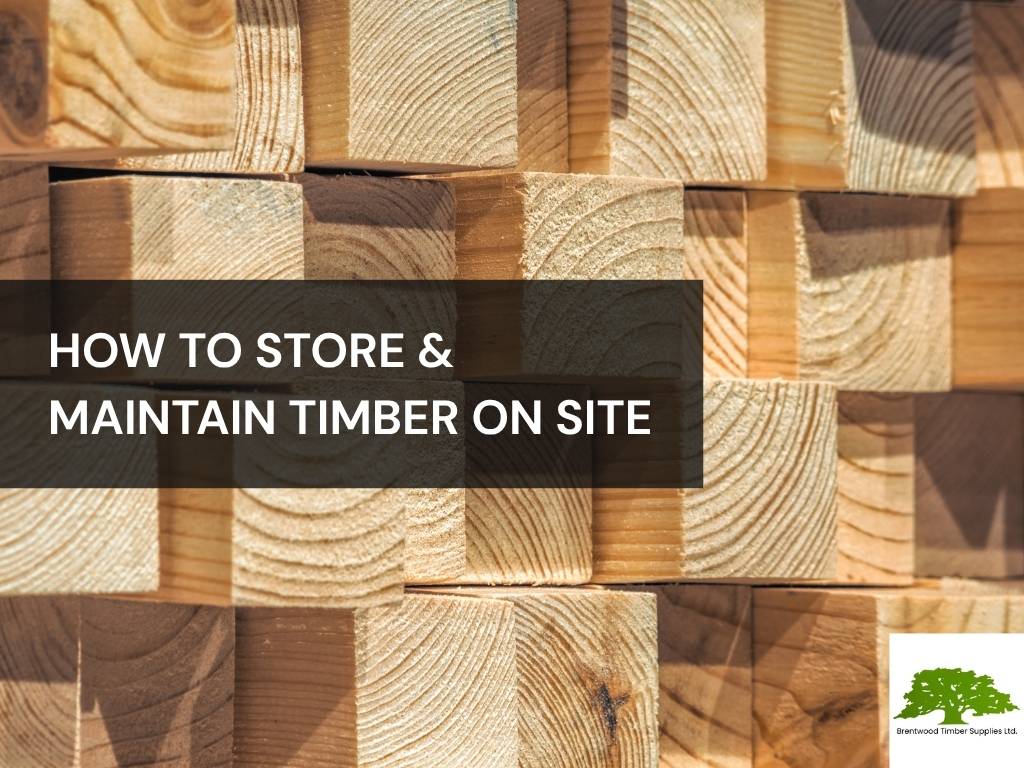Timber cladding stands as a testament to the enduring appeal of natural materials in architecture. This exterior wooden covering graces buildings with its warm, organic aesthetic while providing essential protection from the elements. From rustic cottages to modern eco-homes, timber cladding brings character and charm to a wide array of structures.
However, like all natural materials exposed to the whims of weather, it requires thoughtful care and maintenance to preserve its beauty and functionality. Understanding how to maintain timber cladding is crucial for homeowners and builders, ensuring that this attractive feature continues to enhance and protect buildings for years to come.
What is Timber Cladding?
Timber cladding is a layer of wooden boards or panels that are fixed to the outside walls of a building, and one of many uses of timber in the construction industry. It’s not just for decoration – it also helps protect the building from weather damage. Timber cladding can be made from different types of wood, like oak, cedar, or pine. Each type of wood has its own look and needs slightly different care.
For example, cedar is naturally resistant to rot and insects, so it might need less treatment than pine. Oak is very hard-wearing but can be more expensive. The type of wood you have will affect how you need to care for it, so it’s good to know what kind of timber your cladding is made from.
Ways to Protect Timber Cladding
Treatments
Treatments are special substances we put on the wood to protect it from damage. There are several types of treatments, each with its own advantages:
Pressure treatment is a process where the wood is put in a large tank and special chemicals are forced deep into it under high pressure. This makes the wood resist rot and insect attacks for a long time. Pressure-treated wood often has a greenish tint at first, but this fades to a honey brown colour over time. You might see this used a lot in garden decking as well as cladding.
Oil treatment uses natural oils like linseed or tung oil. These oils soak into the wood, making it more water-resistant and bringing out the natural beauty of the grain. You apply the oil with a brush or cloth, and it’s quite easy to do yourself. The downside is that you need to reapply it more often than other treatments, usually every year or two.
There’s also a treatment called wood staining. This is like painting, but instead of sitting on top of the wood, the stain soaks in and colours it. Stains come in many colours, from natural wood tones to bolder shades. They protect the wood from sun damage (which can make it turn grey) and help repel water.
Regular Cleaning
Keeping your timber cladding clean is really important. Dirt, moss, and algae can all damage the wood if left too long. Here’s how to clean it properly:
Start by brushing off any loose dirt with a soft brush. You can use a broom, but be gentle – you don’t want to scratch the wood. Then, mix some mild soap (like washing-up liquid) with warm water. Use a soft cloth or sponge to wash the cladding with this soapy water.
For tougher dirt, you might need to use a scrubbing brush, but be careful not to scrub too hard. Always scrub along the grain of the wood, not across it. This helps prevent damage to the wood fibres.
After washing, rinse the cladding thoroughly with clean water. You can use a garden hose for this, but don’t use a pressure washer. The high pressure can force water into the wood and damage it.
It’s best to clean your cladding on a dry day when the sun isn’t too strong. This helps the wood dry out properly afterwards. Aim to do this at least once a year, or more often if your cladding gets dirty quickly.
Checking for Problems
Regular checks can help you spot problems early, before they become serious. Aim to inspect your cladding thoroughly twice a year, perhaps in spring and autumn. Here’s what to look out for:
Cracks in the wood: Small cracks can let water in, which can lead to rot. Look closely at each board, especially around knots in the wood.
Loose boards: Sometimes, the fixings that hold the cladding to the wall can work loose. Gently push each board to see if it moves more than it should.
Signs of rot: Rot can make the wood soft and spongy. Press gently on the cladding in different places. If it feels softer in some spots, this might be rot starting.
Discoloration: If parts of the cladding are much darker than others, especially at the bottom, this could mean water is soaking into the wood.
Insect damage: Look for small holes in the wood or little piles of sawdust at the base of the cladding. These can be signs of insect infestation.
If you spot any of these problems, it’s best to deal with them quickly. Small issues are usually easy to fix, but if left alone, they can turn into big, expensive problems.
Reapplying Protection
Even the best treatments don’t last forever. The sun, rain, and changes in temperature all wear away at the protection over time. That’s why you need to reapply protection every so often.
How often you need to do this depends on the type of treatment you use and where you live. In a rainy area, you might need to retreat the wood more often than in a dry place. As a general rule:
- Oil treatments usually need redoing every 1-2 years.
- Stains might last 2-3 years before needing a refresh.
- Varnishes can last 3-5 years if they’re good quality.
Before you reapply any treatment, you need to prepare the wood. Start by cleaning it thoroughly as described earlier. Then, let it dry completely – this might take a day or two.
If the old finish is flaking or peeling, you’ll need to remove it. You can do this with sandpaper or a paint scraper. Be gentle to avoid damaging the wood. After sanding, wipe the wood with a damp cloth to remove all the dust, then let it dry again.
Now you’re ready to apply the new protection. Follow the instructions on the product carefully. It’s usually best to apply on a dry day when it’s not too hot or cold. Use a brush or roller to apply the treatment evenly, always working along the grain of the wood.
Things That Can Protect the Wood
Wood Stains
Wood stains are a popular choice for protecting timber cladding. They come in two main types:
Transparent or semi-transparent stains let you see the wood grain through them. They’re great if you want to keep the natural look of the wood while adding some color and protection. These stains soak into the wood rather than sitting on top.
Solid stains are more like paint. They cover the wood completely, hiding the grain. This can be good if your cladding is old or doesn’t look great, as it gives a smooth, even finish. Solid stains also offer more protection from sunlight.
Both types of stain help protect the wood from sun damage, which can make it turn grey over time. They also help repel water, which is important for preventing rot.
When you’re choosing a stain, think about what colour you want your cladding to be. You can get stains in natural wood colours, or in bolder shades if you want to make a statement. Remember that darker colours will absorb more heat from the sun, which can sometimes cause the wood to warp or crack.
Wood Oils
Wood oils are another option for protecting your cladding. These are natural products that soak deep into the wood. Some common types are linseed oil, tung oil, and Danish oil.
Oils bring out the natural beauty of the wood, enhancing the grain and giving it a rich, warm look. They’re easy to apply – you can often do it with just a cloth or a soft brush. This makes them a good choice if you want to do the treatment yourself.
One big advantage of oils is that they nourish the wood from the inside. This helps keep it flexible, reducing the risk of cracking. They also allow the wood to breathe, which can help prevent moisture from getting trapped inside.
The downside of oils is that they don’t last as long as some other treatments. You’ll probably need to reapply them every year or two. But many people feel this is worth it for the beautiful, natural finish they give.
Varnish
Varnish is like a clear coat that goes over the wood. It forms a hard layer on the surface, which gives very good protection against water and sun damage. There are different types of varnish:
Marine varnish is extremely tough and water-resistant. It’s the same stuff used on wooden boats, so you know it can stand up to harsh weather. This can be a good choice if your cladding gets a lot of rain.
UV-resistant varnish has special ingredients that help protect the wood from sun damage. This is important because sunlight can break down the wood fibres over time, making the cladding weak and discoloured.
Varnish gives a glossy finish that some people really like. It brings out the colour of the wood and can make it look almost wet. However, others feel it looks a bit artificial compared to more natural finishes like oil.
One thing to remember with varnish is that when it does eventually wear out, you usually need to remove all the old varnish before applying a new coat. This can be quite a big job.
Tips to Remember
Here are some extra tips to help you keep your timber cladding in top condition:
Keep plants and bushes trimmed back from the cladding. Leaves holding moisture against the wood can encourage rot, and branches blowing in the wind can scratch the surface.
Make sure water can drain away from the bottom of the cladding. If water pools around the base, it can soak into the wood and cause damage. Check that your gutters are working properly too, so water isn’t running down the cladding when it rains.
Think about the weather when planning maintenance. It’s best to clean and treat the cladding when you know you’ll have a few dry days. This gives time for the wood to dry properly after cleaning, and for treatments to soak in or dry without being washed away by rain.
If you’re not sure about anything – like what type of wood your cladding is made from, or what treatment to use – don’t be afraid to ask for help. You could talk to someone at a DIY shop, or get advice from a professional carpenter or builder.
The Rewards of Well-Maintained Timber Cladding
Looking after timber cladding isn’t too hard, but it does need regular attention. By cleaning it, checking it for problems, and protecting it with the right treatments, you can keep your timber cladding looking good for many years.
Remember, wood is a natural material that changes over time. Even with the best care, it will slowly age. Many people love this gradual change, seeing it as part of the charm of using natural materials. With good maintenance, your timber cladding can remain beautiful and effective for decades, developing character as it protects your home.
By understanding your cladding and caring for it properly, you’re not just maintaining a part of your house – you’re looking after a natural, sustainable material that brings warmth and beauty to your home. It’s a rewarding process that helps you connect with your living space in a unique way.






